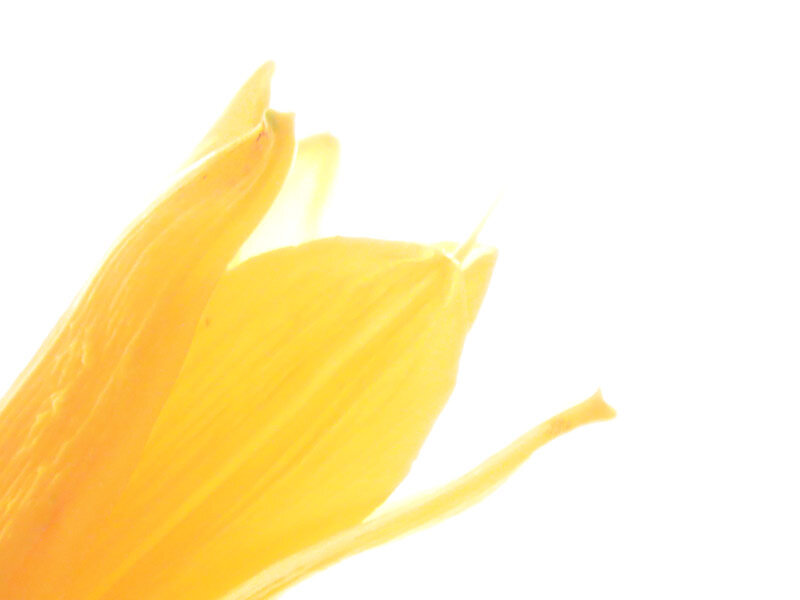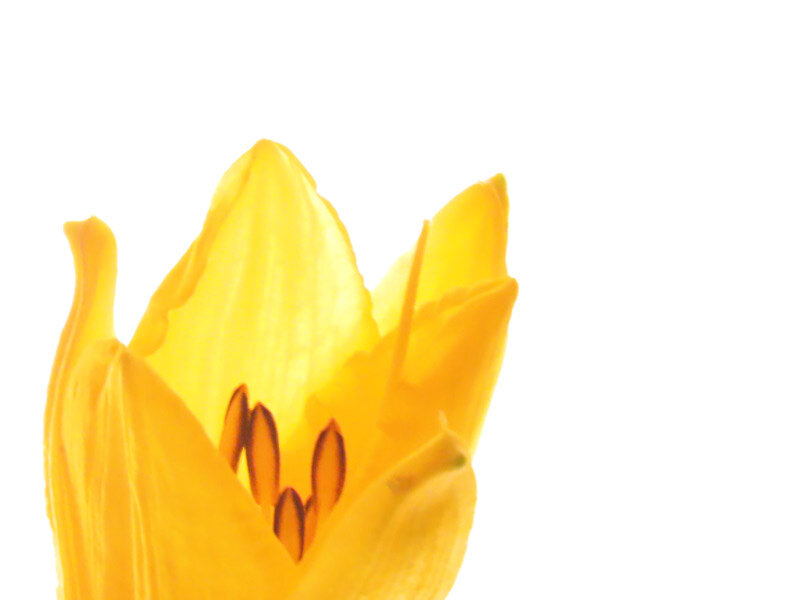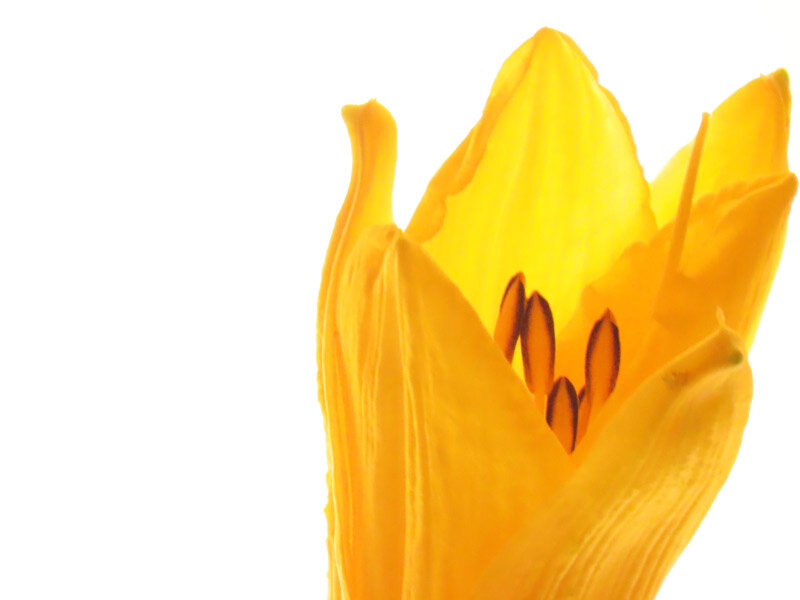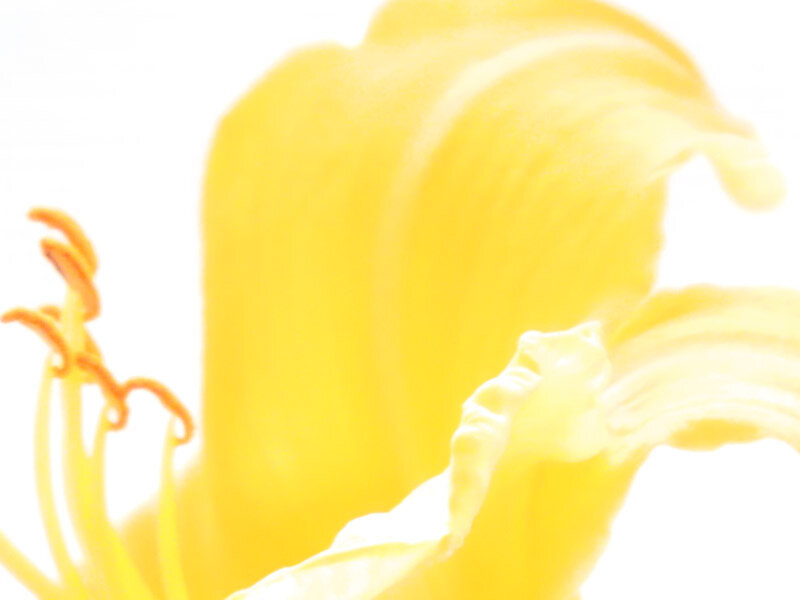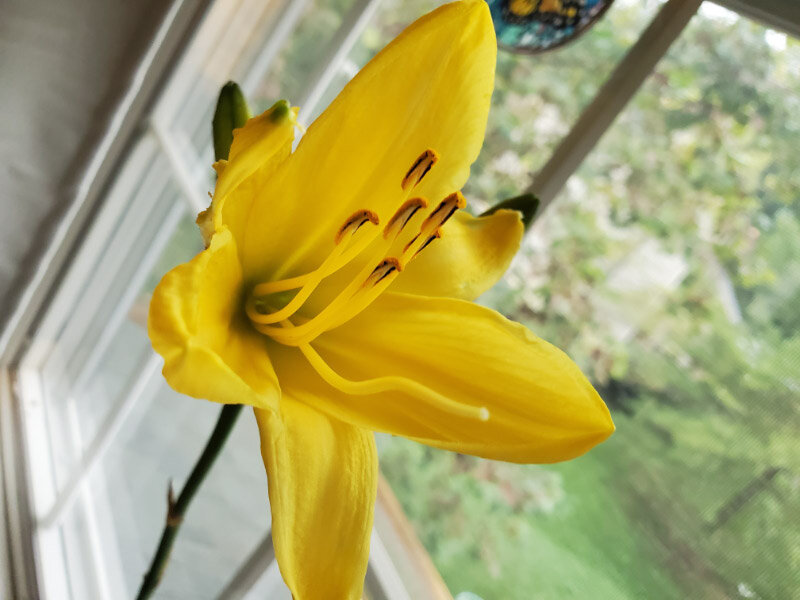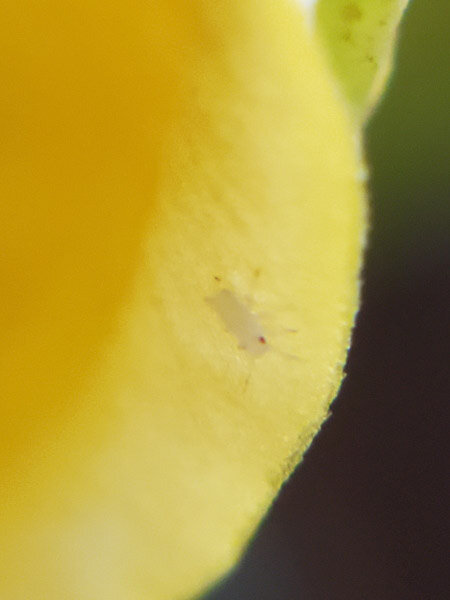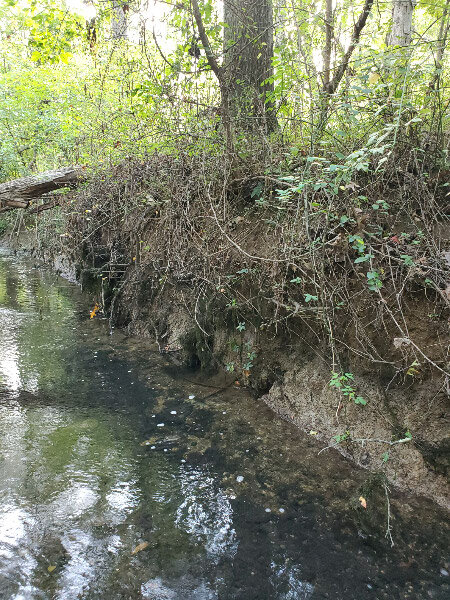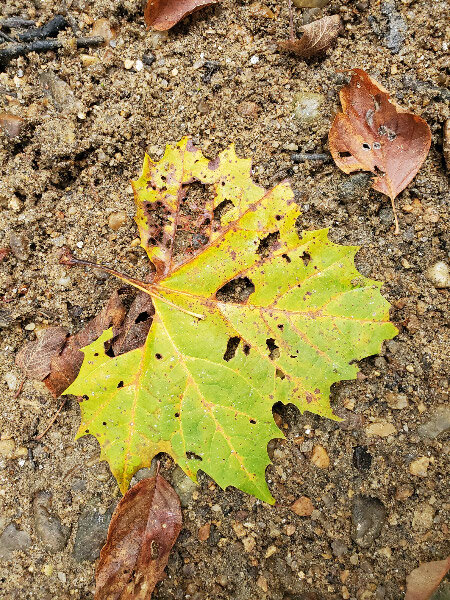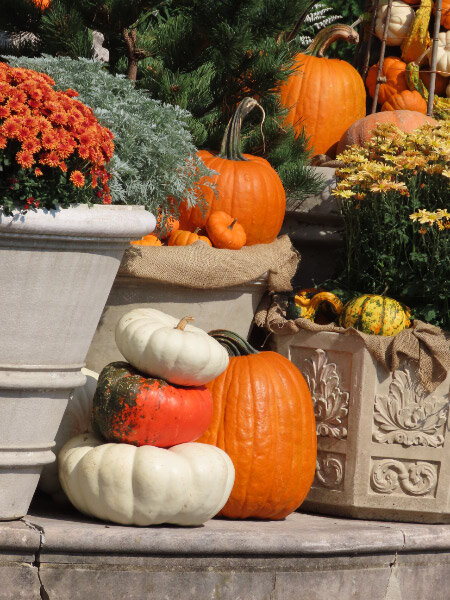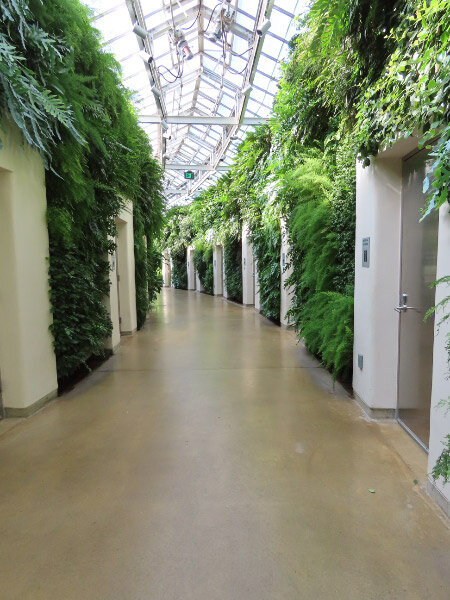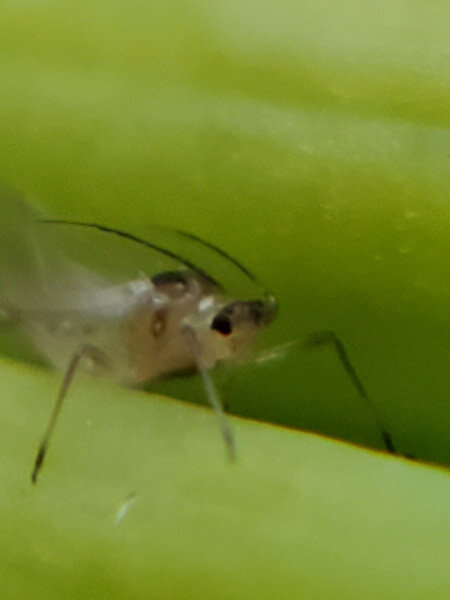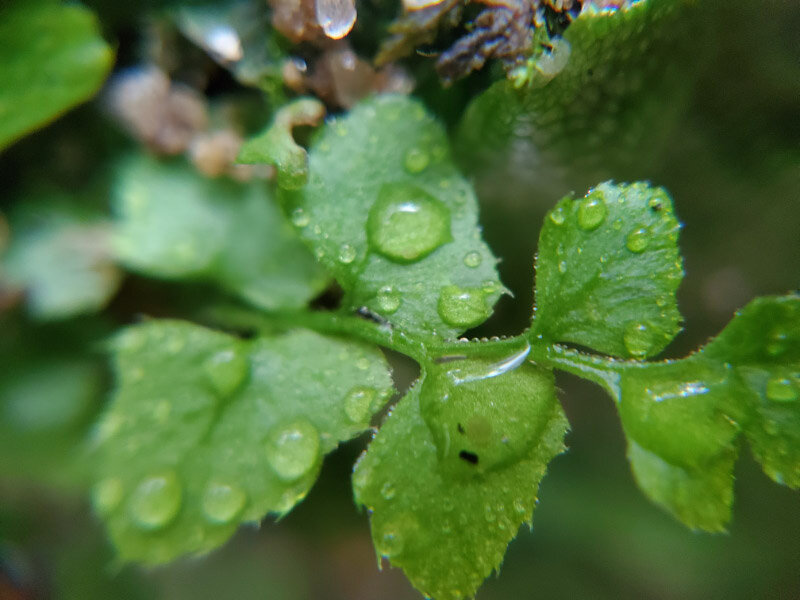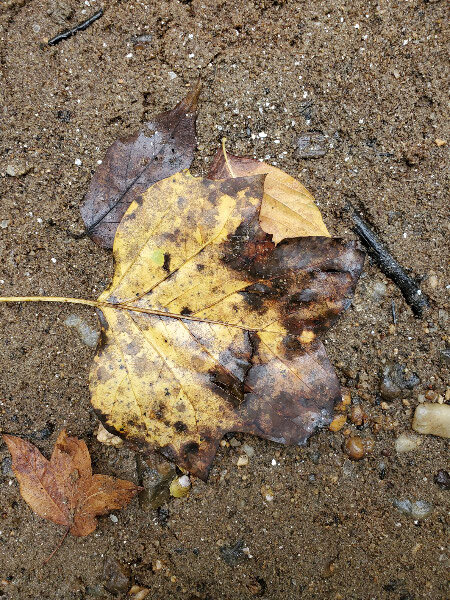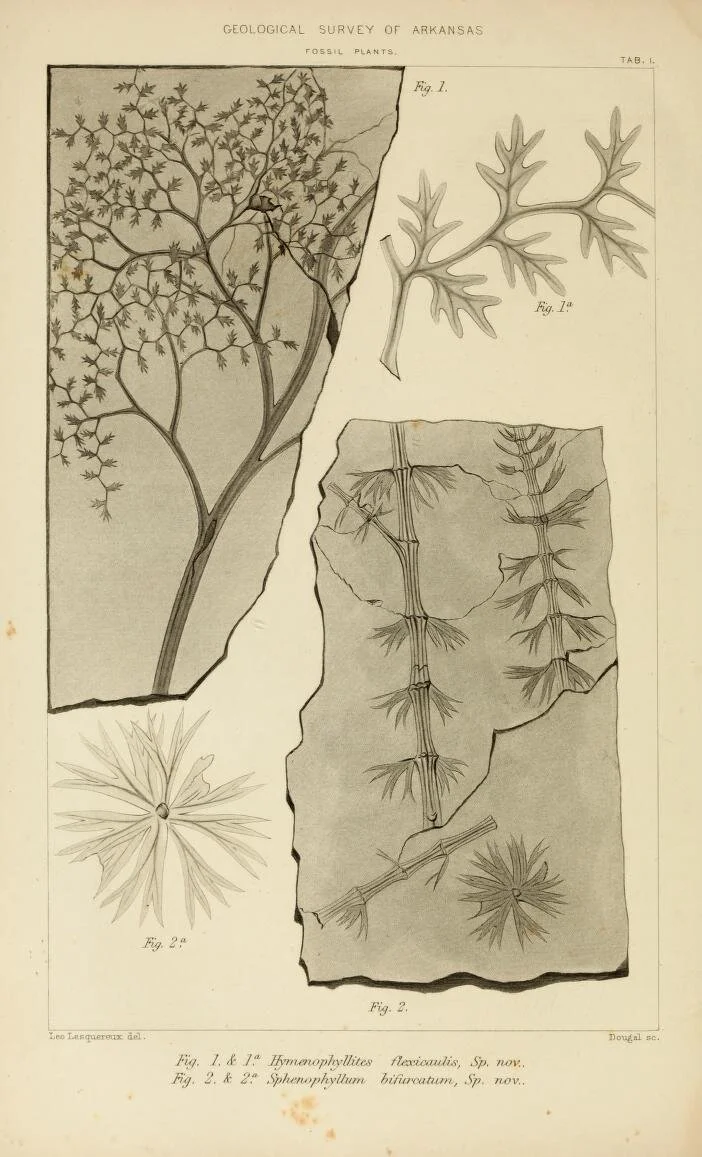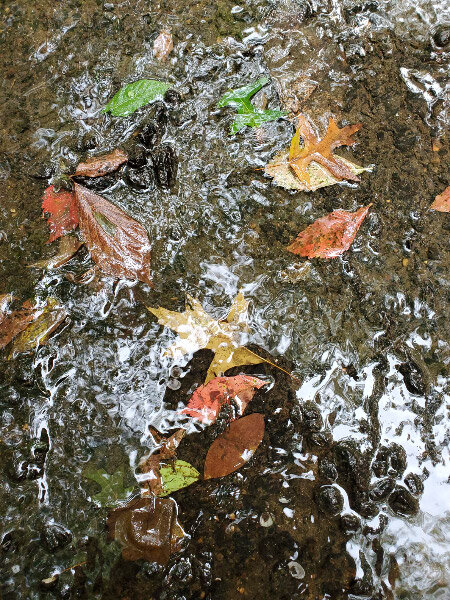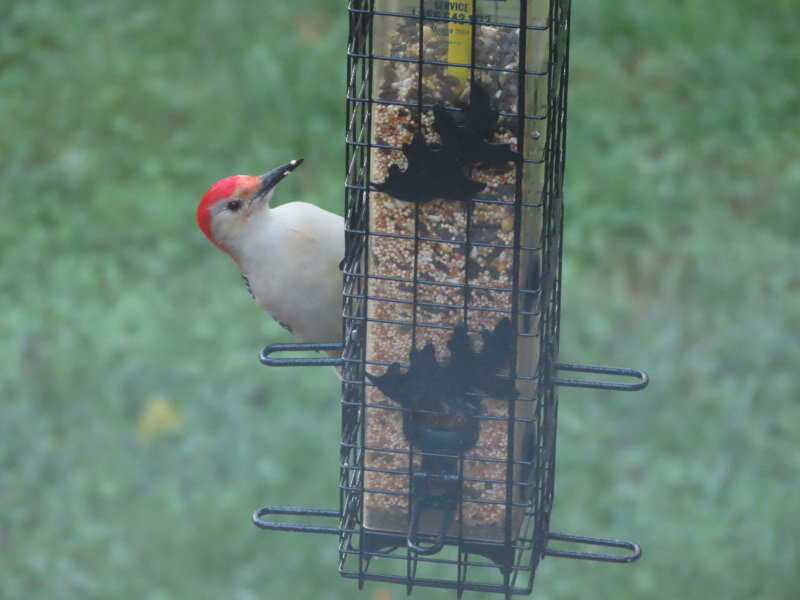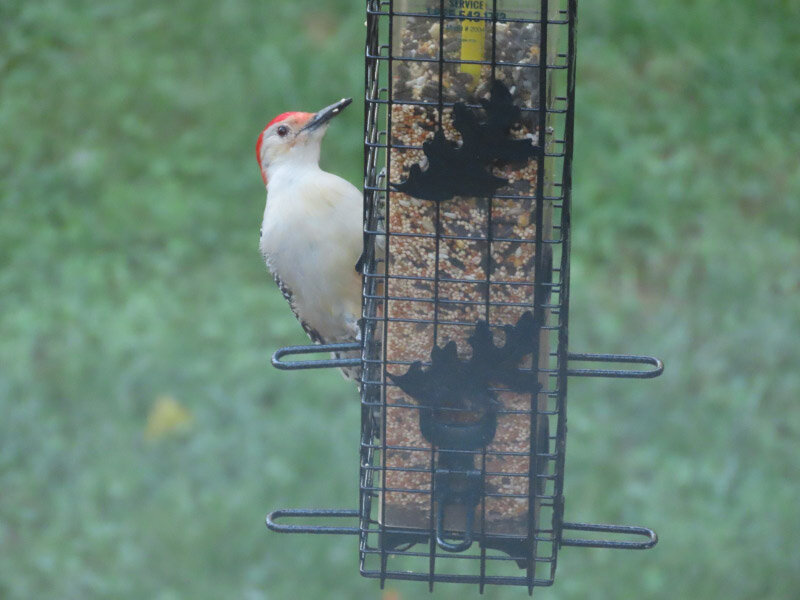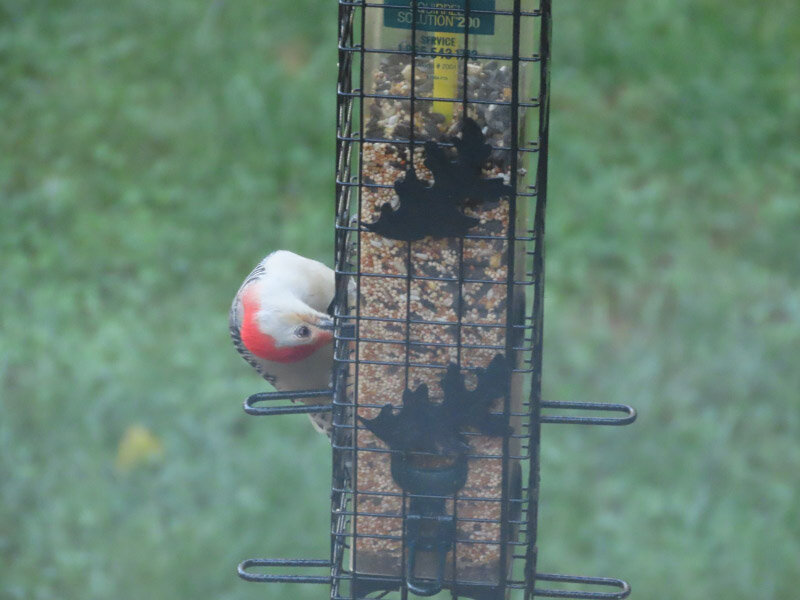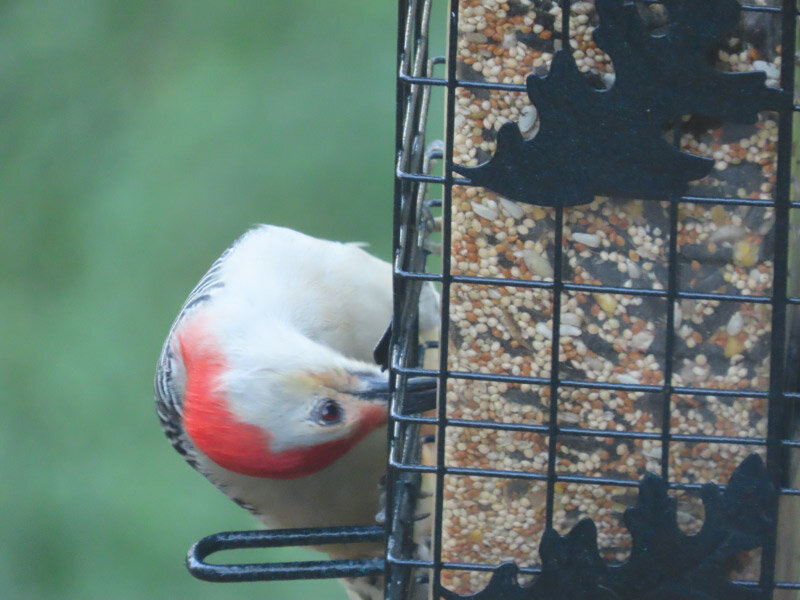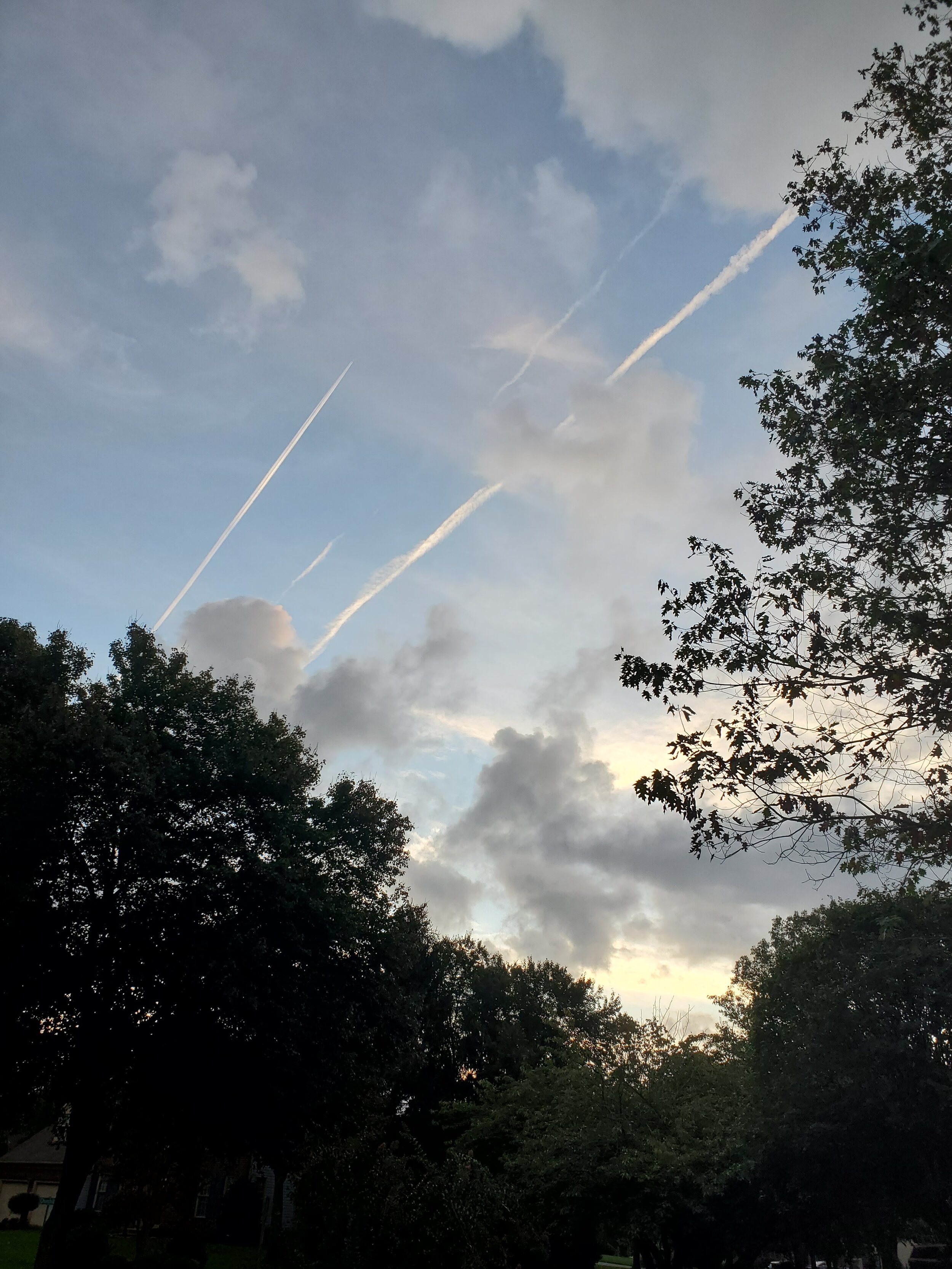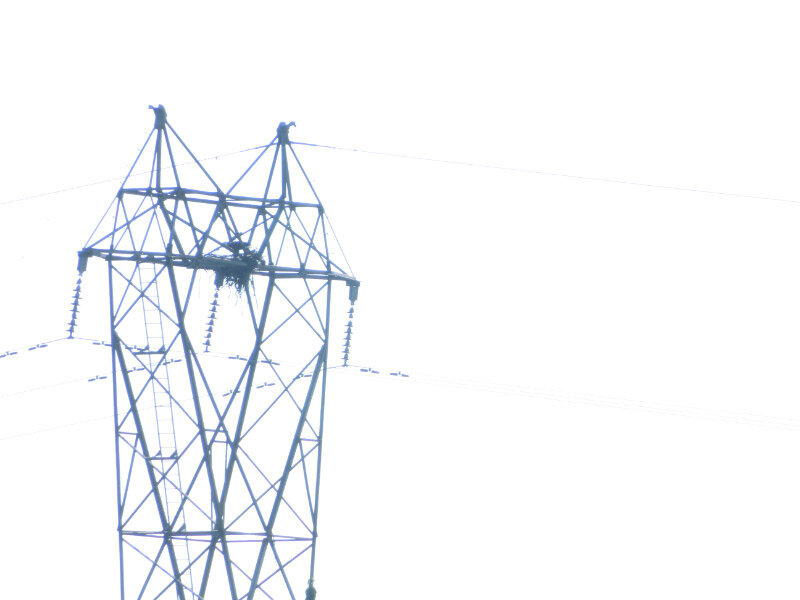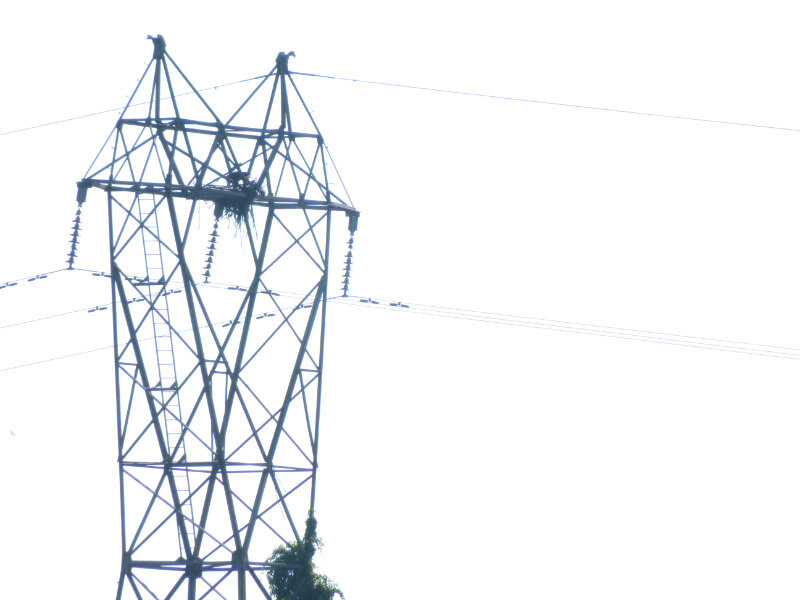Photographing a Day Lily
/I noticed a stalk of day lily buds in the front flower bed recently – one of the few day lilies that bloom both in the spring and fall; it was something to bring inside rather than leave for a deer to eat! There were two types of photography I wanted to do with the flowers: macro and high key. Fortunately, several of the buds were mature enough to complete their development in my office.
The high key images were done with the first flower early in the morning with my Canon Powershot SX70 HS – handheld but stabilized on my knee as I sat in an office chair rolled to the far side of the room so that the zoom would focus. I had the vase with the opening flower positioned in front of the lamp.
I tried three different positions for the flower. Which do you like best? I think the last one is my favorite.
Later in the day, the flower had opened completely, and I put the vase in my office window that gets afternoon sun.
Another bud matured and opened a few days later…my opportunity for doing some macro shots. I used my phone with a clip on macro lens…discovered that my clicker’s battery was dead so I used voice commands to take the hand held pictures (voice commands do not work as well has the clicker since the timing is not as exact). The vase was on the window ledge on the cloudy day.
I started out taking macro images of flower parts.
Then I noticed some white ‘foam’ and then something that moved. There were tiny insects on the flower and remaining buds! The one with defined antennae had very delicate looking wings. In the last image, it looks like one of them has just shed its skin (and is standing on it). The one with the wings might be an adult and all the rest are larval stages of that insect.


